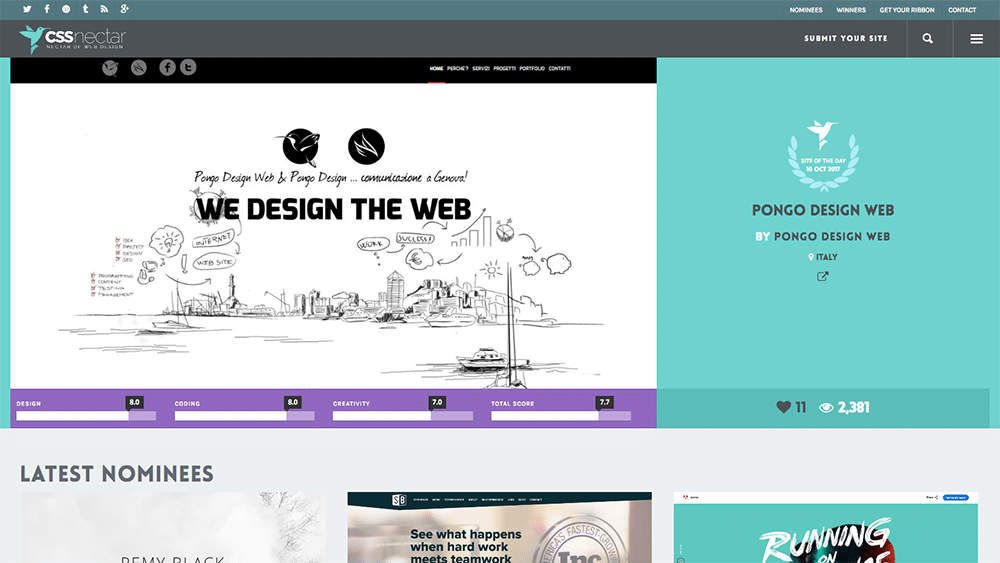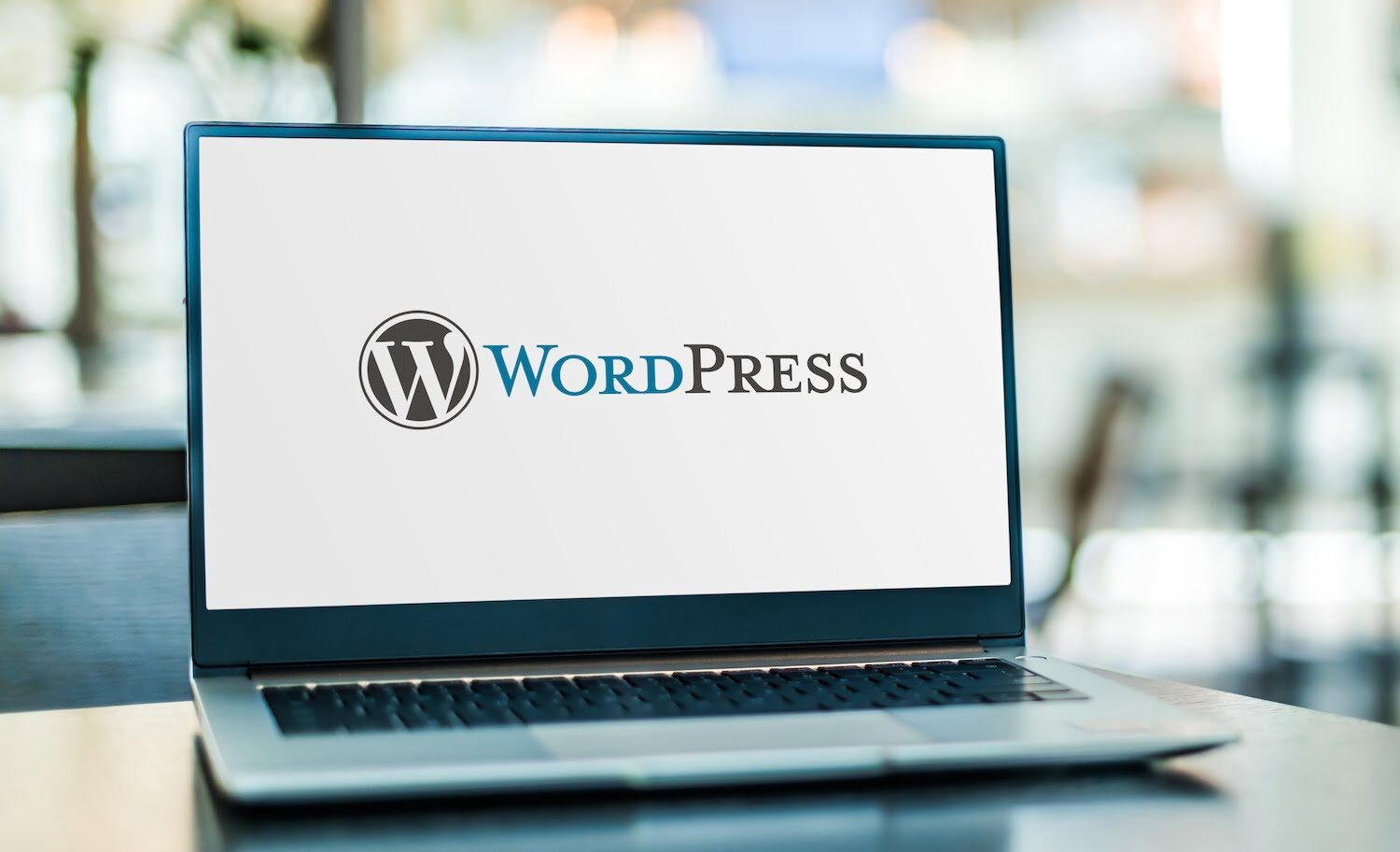How Website Design in copyright Can Elevate Your Business Online
How Website Design in copyright Can Elevate Your Business Online
Blog Article
Achieve Online Success With User-Friendly Website Style
In the increasingly competitive digital landscape, the design of a website can be a critical variable in determining a service's success. Straightforward design not only improves the total individual experience yet also influences vital metrics such as conversion, retention, and engagement rates.
Importance of Individual Experience
User experience (UX) plays a critical function in the success of a site, as it directly influences user fulfillment and interaction. A positive UX guarantees that visitors can navigate the site easily, access information quickly, and full wanted activities, such as signing or making a purchase up for a newsletter, without disappointment.
In a digital landscape where competition is fierce, a website that focuses on UX can considerably improve brand name commitment and retention. Users are most likely to go back to a site that supplies a smooth experience, producing a cycle of repeat gos to and increased consumer lifetime worth. Reliable UX style can lower bounce rates, as customers are much less likely to leave a site that satisfies their demands effectively.
Furthermore, search engines significantly take into consideration user experience factors when ranking web sites. Hence, spending in customer experience is necessary for achieving lasting success in the electronic industry.
Trick Concepts of User-Friendly Style
An effective user-friendly style rests on a number of vital concepts that boost use and availability. Is simplicity; a clutter-free interface enables customers to navigate easily, lowering cognitive lots. This concept stresses the relevance of concise and clear material, permitting individuals to discover information quickly without unnecessary distractions.
Uniformity is an additional essential part. Constant use of shades, formats, and font styles fosters experience and builds trust fund. Individuals need to really feel comfortable as they discover various sections of the internet site, understanding that similar aspects symbolize related functionalities.
Reliable typography also plays a crucial role in straightforward design. Understandable typefaces, suitable dimensions, and ample spacing make certain that material is conveniently understandable throughout numerous tools. Including instinctive visual power structures helps users determine key details and activities at a glimpse.

Vital Features for Navigation
Efficient navigating is critical for any type of straightforward website, as it directly influences the overall user experience. A well-structured navigating system permits users to situate details quickly and efficiently, lowering stress and increasing engagement.
One vital attribute is a user-friendly and clear food selection that classifies web content logically - website design copyright. This menu should be easily available from every web page, frequently positioned on top or on the side of the web site. Furthermore, incorporating breadcrumb navigation helps individuals recognize their area within the site hierarchy and makes it much easier to backtrack
Look capability is another essential part, allowing individuals to locate details web content without looking through several pages. This feature needs to be plainly displayed and receptive to variations in input.
Additionally, a mobile-responsive style guarantees that navigation remains smooth across devices. As mobile use proceeds to climb, food selections must adapt to different display dimensions without jeopardizing functionality.
Last but not least, aesthetic hints such as highlighting the active web page and using hover effects can boost individual interaction. By incorporating these crucial attributes, web site developers can develop a navigational experience that is not only user-friendly however likewise motivates expedition and retention.
Ease Of Access Considerations
Availability considerations are essential to developing an user-friendly internet site that caters to all individuals, no matter of their abilities or specials needs (website design copyright). Websites need to be developed to ensure that users with aesthetic, acoustic, cognitive, or motor disabilities can involve with content successfully. This starts with adherence to the Internet Content Accessibility Guidelines (WCAG), which give a framework for making electronic web content more easily accessible
Secret techniques include the use of detailed alternative text for photos, ensuring color comparison proportions meet ease of access criteria, and providing subtitles for multimedia components. In addition, the navigating should be user-friendly, permitting users to tab through web links and interactive elements easily. Carrying out key-board navigation is critical for those unable to use a mouse.
Additionally, concise and clear language enhances comprehension for users with cognitive limitations. Kinds should be uncomplicated, with labels and instructions that are understandable. Normal ease of access testing, including user responses from people with disabilities, can aid recognize obstacles and improve use.
Gauging Layout Success

Customer feedback studies and usability testing are essential in assessing the performance of layout elements. These approaches permit designers to gather direct input from individuals, identifying discomfort factors and areas for improvement. Additionally, tracking heatmaps can reveal where customers click most often, aiding to educate design adjustments and material prioritization.
Google Analytics can track customer behavior, revealing patterns that suggest whether the design this website is preventing the customer or facilitating trip. Ultimately, a successful site style not only satisfies service purposes yet additionally fosters a delightful and smooth user experience, driving involvement and loyalty over time.
Conclusion
Finally, user-friendly site layout is paramount for achieving on the internet success. Focusing on customer experience via simpleness, instinctive navigating, and effective feedback mechanisms not only enhances individual interaction and fulfillment however likewise promotes brand name loyalty. Incorporating vital navigating features and accessibility considerations better makes certain that all users can efficiently interact with the website. Inevitably, gauging layout success supplies important insights that lead continual renovation, strengthening a solid on the internet visibility in an affordable digital landscape.
Websites must be designed to make sure that users with visual, acoustic, cognitive, or electric motor impairments can involve with material efficiently.Determining design success includes evaluating exactly how efficiently a website satisfies its desired goals while supplying a positive user experience. Google Analytics can track user habits, disclosing patterns that show whether the layout is helping with or preventing the customer trip. Inevitably, an effective site design not only satisfies service this hyperlink purposes but likewise fosters a pleasurable and seamless customer experience, driving involvement and commitment over time. Focusing on customer experience via simplicity, user-friendly navigation, and efficient comments mechanisms not only improves individual interaction and fulfillment yet also fosters brand loyalty.
Report this page